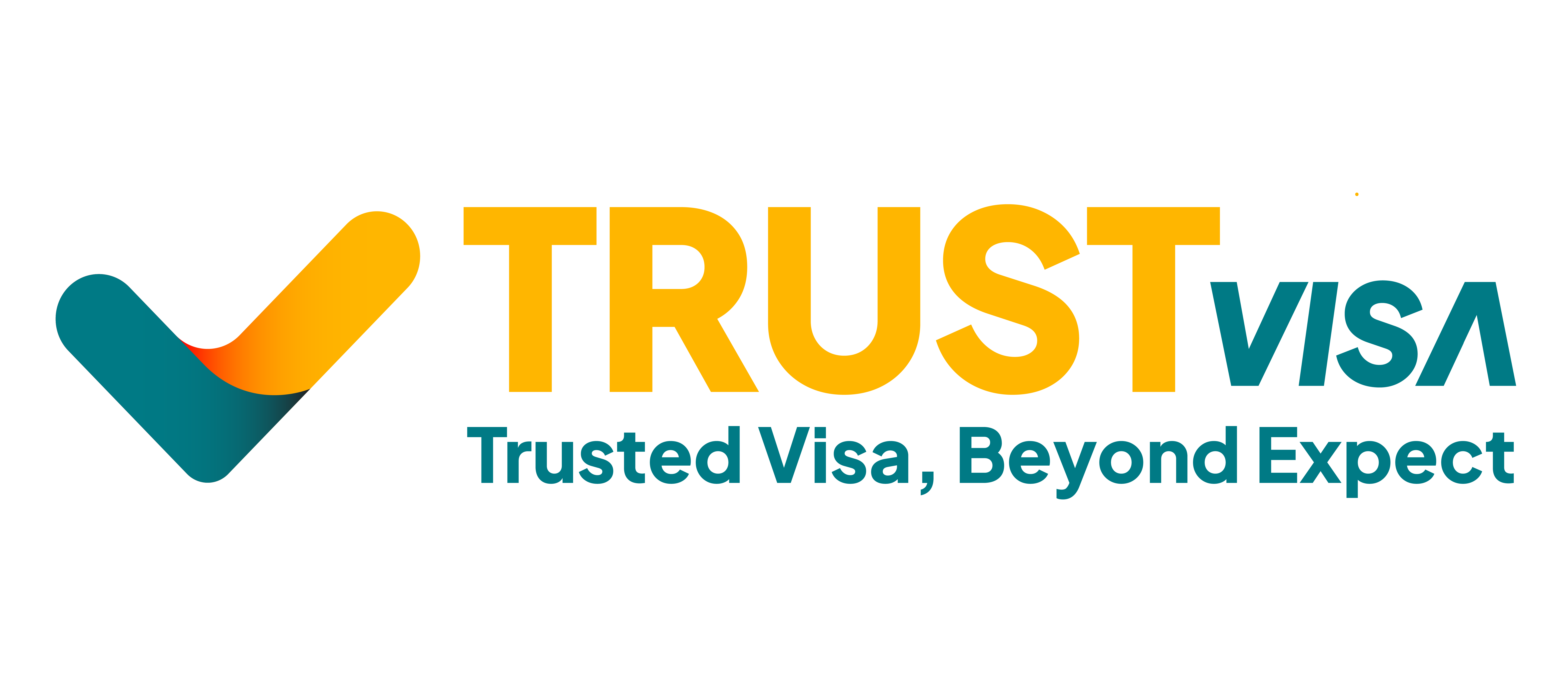Whoa! That feeling when you put a small stake on an oddball outcome and it actually pays off. It wakes you up. It also makes you wonder why this kind of market hasn’t been mainstream for decades.
Prediction markets are deceptively simple on the surface: people buy and sell contracts that pay out based on future events. But under the hood they’re complex social microscopes — aggregating beliefs, incentives, and noise into prices that often outperform polls and pundits. My gut said this would be a niche hobby. Then I watched prices move faster than newsrooms. Initially I thought price moves only reflected leaked info, but then realized they often reveal the crowd’s weighted belief about ambiguity and risk.
Here’s the thing. People treat these platforms like gambling sites. And sure, there’s a gambler’s streak in many traders. Yet the best prediction markets function more like a distributed research lab — incentives direct attention and capital to signals that matter. On one hand you get speculation. On the other, you get collective intelligence. Though actually, the boundary blurs a lot.
Short version: the tech stack — blockchains, oracles, smart contracts — gives these markets durability and transparency that traditional over-the-counter betting lacks. Long version: when you combine censorship-resistant settlement, auditable on-chain history, and composable financial primitives, you create an environment where prediction markets can be not just entertainment but infrastructure for decision-making, research, and hedging.
I’ve spent years in DeFi and prediction markets. I’ve seen concepts tested and fail. I’ve also seen clever market designs that stuck. This part bugs me: most narratives talk only about accuracy or entertainment, and skip the policy, liquidity, and incentive engineering that actually matter.
Why blockchain changes the calculus
Short trades settle automatically. Longer-term markets persist without a central gatekeeper. That’s powerful. Blockchains remove counterparty risk in a way legacy platforms can’t. They also introduce new frictions — gas costs, front-running risks, and UX hurdles — which people underplay.
I’ve made two mistakes personally when jumping into on-chain markets. One: underestimating transaction fees on high-congestion days. Two: thinking liquidity would materialize simply because a market is interesting. Liquidity is a social good. It requires participants, incentives, and thoughtful fee or subsidy design. My instinct said “build it and they will come,” but reality said “supply incentives, or watch prices whipsaw.”
Take decentralization. It’s not binary. Markets can be more or less decentralized across governance, price feeds, and dispute resolution. Some platforms lean on oracles and human arbitration to resolve ambiguity. Some try to automate everything. Both approaches have tradeoffs. On one hand, automated oracles scale; though actually, human judgment sometimes beats automation on thorny, ambiguous events.
If you want to explore a live example and see market-level granularity, check out polymarkets — it’s a useful window into how event-based prices tell stories about public belief and attention. I’m biased, but I think seeing is believing: look at how volumes spike around debates or major data releases, and you’ll get a feel for how attention becomes price.
Risks deserve real talk. Regulatory uncertainty is huge. There’s legal gray area between prediction markets and gambling, or derivatives, depending on jurisdiction. Fraud and manipulation are real. Imagine coordinated trades to shift perception. That can distort information aggregation. Designing markets with anti-manipulation features — deposit requirements, time-weighted pricing, or reputation layers — isn’t optional. It’s necessary.
On top of that, liquidity provision is the practical problem most projects face. Automated market makers (AMMs) offer one solution. Incentive programs (liquidity mining) offer another. Both have downsides: AMMs expose LPs to impermanent loss; heavy incentive programs can attract mercenary capital that leaves with the next yield. There’s no silver bullet. There are only tradeoffs and careful engineering.
Here’s a neat bit: prediction markets are modular. They can plug into governance, insurance, and even R&D workflows. A DAO could hedge governance uncertainty by running a market on a proposal’s passage. An insurer could offload systemic risk to a wider pool. Research teams can use real-money markets to prioritize experiments. The social coordination value is underrated.
And yet—there are ethical questions. When markets pay on sensitive outcomes, like disaster or mortality stats, the moral cost is thorny. Some bets create perverse incentives, or at least the appearance of them. Platforms need guardrails. They need community norms. No one wants markets that reward tragedy.
So how do you evaluate a market or platform? Quick checklist, from my experience:
- Clarity of market definition — is the event resolvable? Ambiguity kills trust.
- Quality of oracle/resolution — who decides, and how transparent is that process?
- Liquidity depth — can you trade without moving the price too much?
- Fee structure and settlement mechanics — are fees predictable or variable?
- Community governance — who sets rules, and can they be gamed?
Okay, so check this out—prediction markets are already influencing politics, finance, and research in small but growing ways. They aren’t perfect predictors, but they are excellent attention allocators. They highlight uncertainty and show where people disagree, priced in dollars and cents. That signal has value.
FAQ
Are blockchain prediction markets legal?
Depends where you are. Many jurisdictions treat them as gambling or financial instruments. Some platforms avoid payouts tied to illegal activities and focus on political, economic, or sports outcomes. Always check local laws and platform compliance. I’m not a lawyer, so consider this general guidance, not legal advice.
Can markets be manipulated?
Yes. Low-liquidity markets are especially vulnerable. Strategies to reduce manipulation include larger liquidity pools, time-weighted averages, dispute windows, and transparent oracle mechanisms. Design matters — very very much.
Wrapping up, not by wrapping up exactly, but to leave you with a thought: these markets are experiments in collective epistemology. They blend incentives, prediction, and finance. They are messy. They are promising. I’m excited and skeptical at the same time. Somethin’ tells me we’re just at the beginning.




